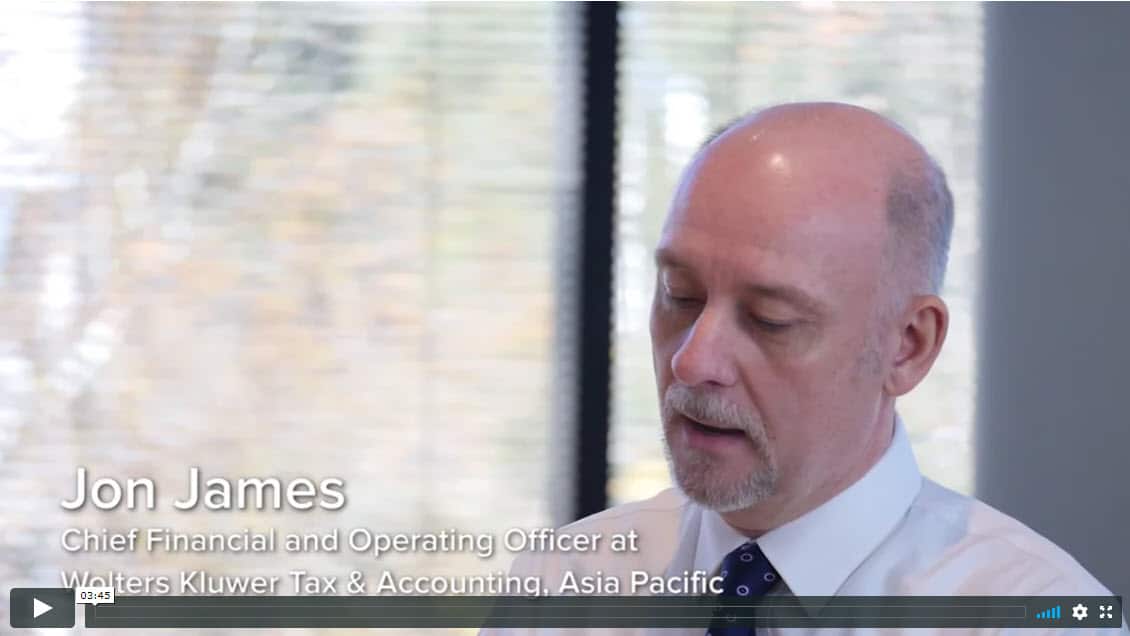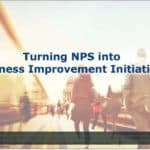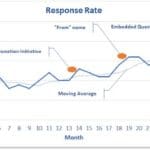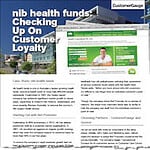In this video, Wolters Kluwer Asia Pacific staff, including the CFO/COO, discuss the links they have uncovered between Net Promoter Score data and key business metrics.
Video Case Study
Transcript
Janine Scott (Wolters Kluwer Asia Pacific)
So I was tasked with making the commercial connection between our Net Promoter score and some of our measures around profitability and revenue. One of those is retention. So I went about looking at the data over a period of we have a renewal business, a subscription business so we wouldn’t get to see the impact of any incremental improvement in MPs until our customers came up to renew the following year. So it was difficult because it had quite a long tail before were able to prove that there was a correlation. Then we modelled the data.
We modeled the rising improvement in the retention score and the benefits that we had financially from that as an organization against the rising NPS score and the initiatives that we drove out of that NPS data and were able to make a significant correlation between the two. So there was a sales model change. So we looked at our sales model, we looked at how were delivering customer experience to the customer and we made a change in the sales model and that’s had the biggest impact that we see today in both the MPs score and also the retention rate.
We made a second organizational change and that was to carve out a function which we call the Customer Experience function and it was bringing together the other customer facing teams like the support teams and driving some best practice improvements in how they were servicing the clients.
Jon James (CFO and COO Wolters Kluwer Asia Pacific)
When I put Janine into the role of customer experience, I actually set her with a challenge. And I said to her, look, we’re investing a lot of money into the Net Promoter school program, and I would like to be able to see the relationship between what we’re investing in the program, the feedback we’re getting from customers, and how that actually comes back into A-P-L outcome. And I’m really glad to be able to say that after a few months of looking at the data and going backwards and forwards, we eventually did start to find there was a correlation. It was a long term correlation, but there was certainly a correlation between increasing feedback from customers and increasing scores and financial growth.
And that was a really key observation from our perspective because were able to analytically show to the business that by improving the customer experience and getting our sales teams and our customer service teams focused on the customer experience, it actually, surprise, drove incremental revenues. And that’s been a great observation and it’s probably been one of the biggest drivers of further momentum into the program because we know we can actually get a real financial benefit out of it.
And the whole business collaborates and centers themselves around this notion of customer experience and driving an improved customer experience. And I think once you start that snowball where people are thinking customer first and foremost, then you really start to drive a culture of customer experience and I think that’s what we’ve done quite successfully.
I think the whole link between customers having a good experience with you, not just on a one soft basis, but on a continual basis, there’s no question about it, that delivers value for the business. And I don’t think it’s a surprise to do that. But it’s really good that we’ve got the empirical evidence to actually show the link between that. And that’s probably where we sort of didn’t have the data to show that previously.









